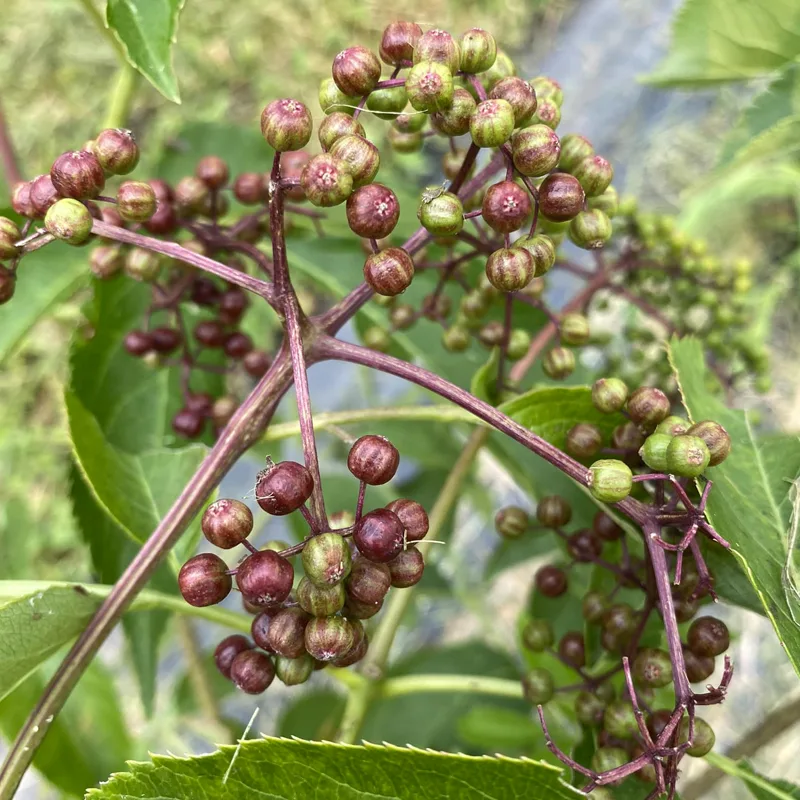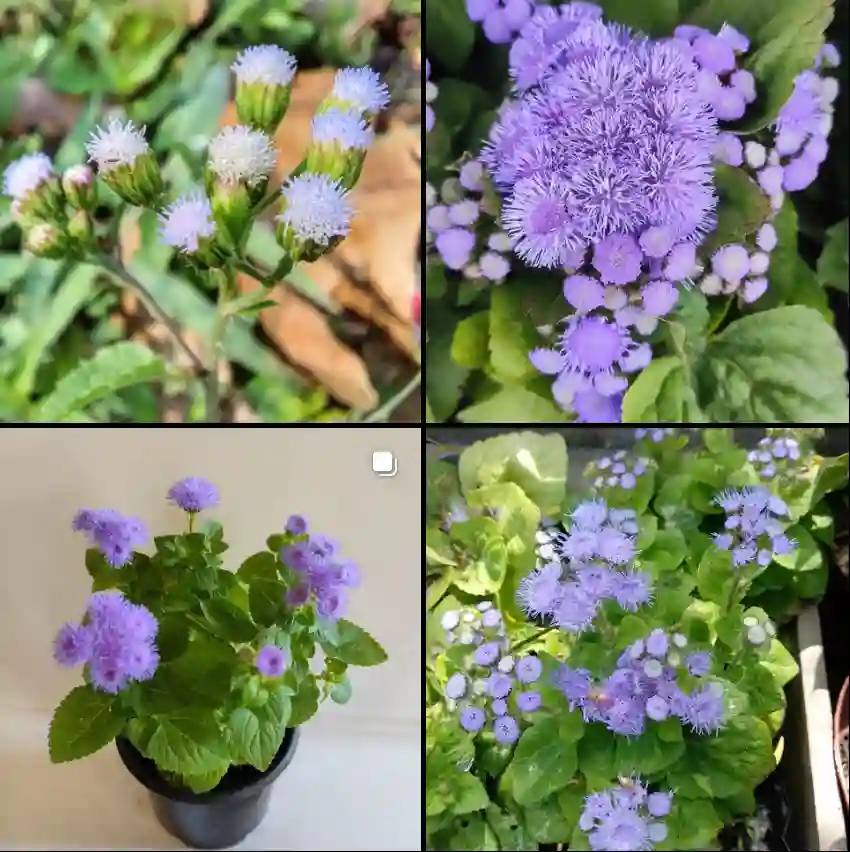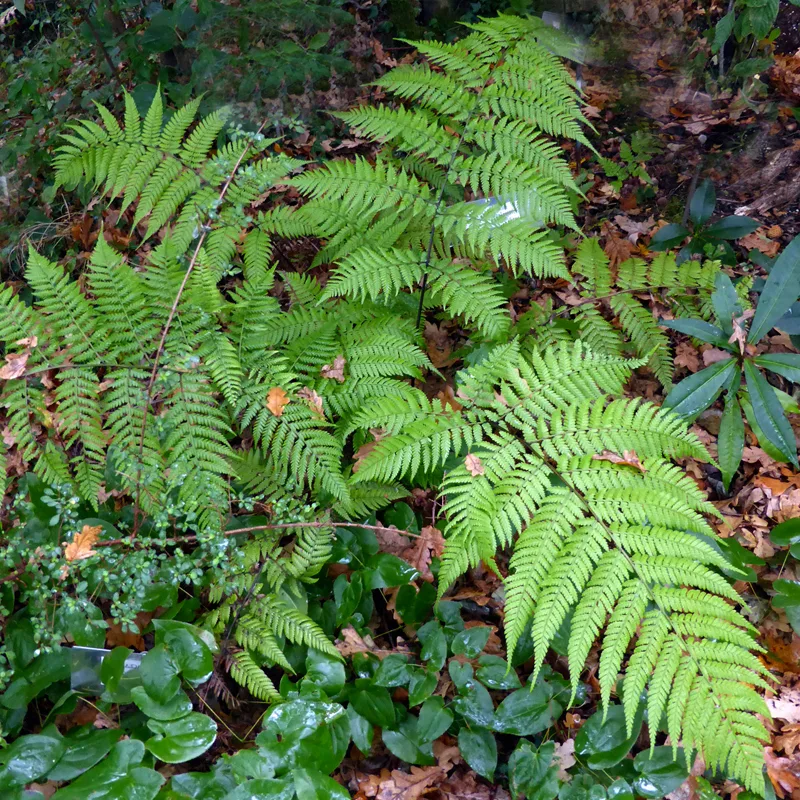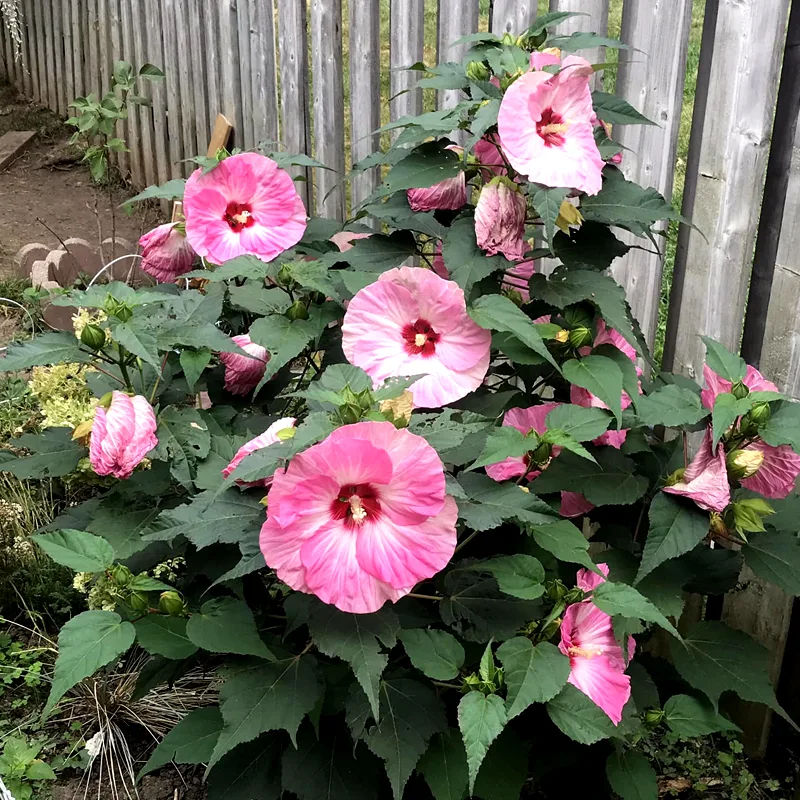What is a Monkey Puzzle Tree?
The Monkey Puzzle Tree, also known as Araucaria Araucana, is a unique and ancient tree native to Chile and Argentina. Its striking, scale-like leaves and symmetrical branches give it an otherworldly appearance. This evergreen conifer can grow up to 70 feet tall and live for over 1,000 years. Its distinctive look and historical significance make it a popular ornamental tree in gardens and parks worldwide.
How did the Monkey Puzzle Tree get its name?
The name “Monkey Puzzle Tree” is attributed to an Englishman in the mid-19th century who remarked that its spiky branches would puzzle even a monkey trying to climb it. The name stuck, highlighting the tree’s unusual and challenging structure.
How much is a Monkey Puzzle Tree worth?
The value of a Monkey Puzzle Tree can vary significantly based on its size, age, and condition. Younger trees typically cost between $50 and $200. Mature, well-established trees can be worth thousands of dollars, especially if they are in excellent health and have a well-formed shape.
Are Monkey Puzzle Trees poisonous to cats?
No, Monkey Puzzle Trees are not considered poisonous to cats. However, the sharp, rigid leaves can cause physical harm if a cat attempts to climb or chew on the tree. It’s always best to keep pets away from plants with potentially injurious structures.
Are Monkey Puzzle Trees poisonous to dogs?
Similar to cats, Monkey Puzzle Trees are not toxic to dogs. The main concern would be the sharp leaves, which could injure a dog that tries to interact with the tree. It’s wise to monitor your pets around the tree to prevent any accidents.
Are Monkey Puzzle Trees poisonous to humans?
Monkey Puzzle Trees are not toxic to humans. However, their leaves are very sharp and can cause injury if handled improperly. It’s essential to wear gloves and exercise caution when working with or near these trees.
Can you eat Monkey Puzzle Tree nuts?
Yes, the seeds of the Monkey Puzzle Tree, often called “piñones,” are edible and were a traditional food source for indigenous peoples in its native range. The nuts are similar in taste and texture to pine nuts and can be roasted or eaten raw.
Can you grow a Monkey Puzzle Tree in a pot?
While it’s possible to grow a Monkey Puzzle Tree in a pot, it can be challenging due to its size and growth rate. Young trees can be kept in containers for a few years, but they will eventually need to be transplanted into the ground to accommodate their extensive root system and size.
Can you prune a Monkey Puzzle Tree?
Pruning a Monkey Puzzle Tree is not generally recommended as it can damage the tree and lead to poor growth or even death. If pruning is necessary, it should be done with great care, removing only dead or damaged branches to maintain the tree’s health.
How fast do Monkey Puzzle Trees grow?
Monkey Puzzle Trees have a moderate growth rate, typically growing about 1 to 2 feet per year under optimal conditions. They reach their full height over several decades, making them a relatively slow-growing species compared to some other conifers.
How to keep a Monkey Puzzle Tree small?
To keep a Monkey Puzzle Tree small, regular pruning is not advisable. Instead, consider planting it in a location where its full size can be accommodated. If space is limited, growing it in a pot for as long as possible may help manage its size, but it will eventually need more room to grow.
Do Monkey Puzzle Trees flower?
Monkey Puzzle Trees do not produce flowers. Instead, they produce cones, with male and female cones appearing on the same tree. The male cones release pollen, which fertilizes the female cones, leading to seed production.
Monkey Puzzle Tree vs Bunya Pine
Both the Monkey Puzzle Tree and the Bunya Pine (Araucaria bidwillii) belong to the Araucariaceae family and share some similarities in appearance and growth habits. However, the Bunya Pine produces large, edible nuts and has a different leaf structure, being less spiky than the Monkey Puzzle Tree. Both trees can grow to impressive sizes and live for centuries.
Monkey Puzzle Tree vs Norfolk Pine
The Norfolk Pine (Araucaria heterophylla) is another relative of the Monkey Puzzle Tree but has a more delicate appearance with softer, needle-like leaves and a more slender trunk. The Norfolk Pine is often grown as an indoor houseplant, especially around Christmas, whereas the Monkey Puzzle Tree is primarily an outdoor ornamental tree due to its larger size and hardiness.
How to care for a Monkey Puzzle Tree?
Caring for a Monkey Puzzle Tree involves planting it in well-draining soil with full sun exposure. It requires minimal watering once established but should be watered regularly during its early years. Mulching around the base helps retain moisture and protect roots. Avoid pruning unless necessary, and monitor for pests or diseases.
How to propagate a Monkey Puzzle Tree?
Monkey Puzzle Trees can be propagated from seeds or cuttings. Seeds should be sown in well-draining soil and kept moist until germination. Cuttings taken from semi-hardwood branches can be rooted in a mix of sand and peat, but success rates can vary. Patience is key, as both methods can take time.
What to plant with a Monkey Puzzle Tree?
Companion planting with a Monkey Puzzle Tree can include ground covers and smaller shrubs that thrive in similar conditions. Consider plants like heather, lavender, or other low-growing perennials that enjoy well-drained soil and full sun. These plants can help create an attractive landscape around the tree while allowing it to remain the focal point.
If i die, water my plants!



